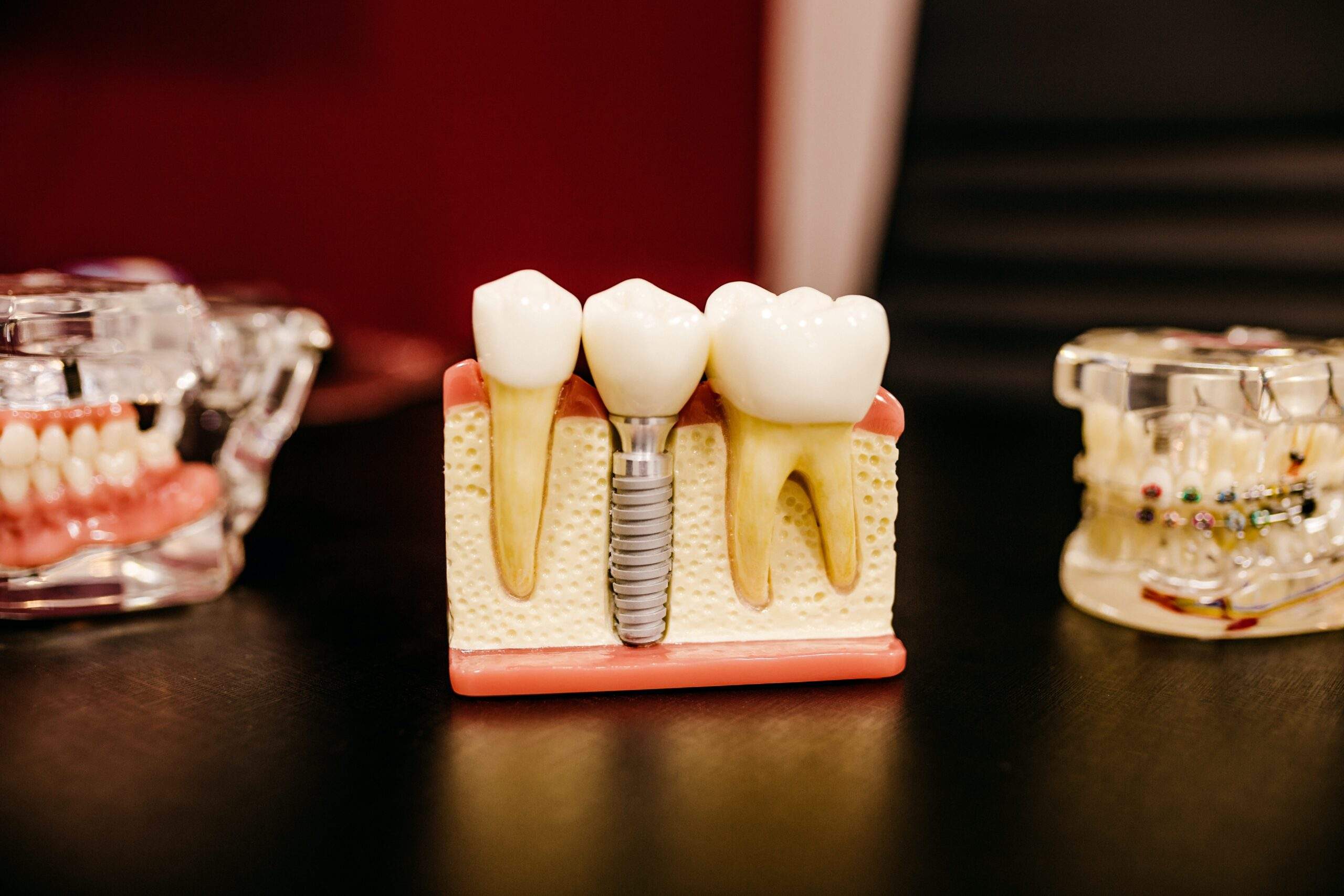Table of Contents
Welcome to our comprehensive guide on understanding the tooth number chart and how it can help you maintain good dental health. Your teeth play a crucial role in your overall well-being, from helping you chew food properly to enhancing your smile. However, most people are unaware of the importance of maintaining proper dental hygiene until they experience tooth loss or other dental problems. In this blog post, we will discuss everything you need to know about the tooth number chart, its uses in diagnosing dental disorders, common types of dental issues and their causes, as well as prevention tips for future oral health problems. So sit back and read on to discover how you can keep your pearly whites healthy!
What is a Tooth Number Chart?
The chart typically features a diagram of the upper and lower jaws, with each tooth numbered from 1 to 32, starting from the top right molar (tooth #1) down to the bottom left wisdom tooth (tooth #32).
Each tooth’s number corresponds with its specific location within the mouth, making it easier for dentists or other dental professionals to communicate about specific teeth while performing exams or treatments. Additionally, this numbering system allows for easy identification of missing teeth when planning restorative procedures such as implants.
The use of a standardized numbering system helps avoid confusion and ensures consistency across different dental practices. It also provides an excellent way for patients to understand which tooth requires treatment since they can easily communicate using these numbers.
Understanding what a Tooth Number Chart is will help you better comprehend your dentist’s communication during visits and explain any issues you may have more efficiently.
How is the Tooth Number Chart Used to Diagnose Dental Problems?
It allows dentists to identify and track various issues present in a patient’s mouth, including cavities, gum disease, and tooth decay.
When you visit the dentist for a checkup or examination, they will use the chart as a reference guide to determine which teeth are healthy and which ones require treatment. Each tooth has its own number on the chart, making it easy for your dentist to locate specific areas of concern.
During an exam, your dentist may also take X-rays of your mouth that correspond with the numbers on the Tooth Number Chart. This process helps them to better understand any underlying issues that may not be visible during a visual examination.
Understanding how the Tooth Number Chart works can help patients become more informed about their dental health. By working closely with your dentist and following their recommended treatment plan based on this chart, you can improve your oral health over time.
What Are the Major Types of Dental Disorders and How are They Diagnosed?
Dental disorders can range from minor issues like bad breath to major problems like oral cancer. Some of the major types of dental disorders include tooth decay, gum disease, and oral cancer.
Tooth decay is a common dental problem caused by bacteria that produce acid which dissolves the enamel on our teeth. This results in cavities or holes in our teeth. Dentists diagnose tooth decay by examining X-rays and visually inspecting your teeth for signs of damage.
Gum disease occurs when plaque builds up on teeth and gums causing inflammation, swelling, and bleeding. It can lead to bone loss if left untreated. Diagnosis involves measuring the depth of pockets between your gums and teeth using a probe.
Oral cancer affects different parts of the mouth including lips, tongue, throat, gums or cheeks. Symptoms may include white patches inside your mouth or lumps on your neck. Your dentist will do an oral exam during regular checkups looking for signs of abnormal tissue growths.
It’s important to visit your dentist regularly so they can identify any potential dental issues before they become serious problems requiring invasive treatments.
What Causes Tooth Loss and Other dental Problems?
Tooth loss and other dental problems can be caused by a variety of factors. One major cause is poor oral hygiene, which can lead to the buildup of plaque and bacteria that can eat away at tooth enamel over time. This can eventually lead to decay or gum disease, both of which are common causes of tooth loss.
Other factors that can contribute to tooth loss include trauma or injury to the mouth, such as from contact sports or accidents. In some cases, genetics may also play a role in determining the health of your teeth and gums.
Certain lifestyle habits can also increase your risk for dental problems, such as smoking or consuming sugary foods and drinks on a regular basis. Additionally, certain medical conditions like diabetes and autoimmune disorders may increase your risk for dental issues.
Maintaining good oral hygiene practices like brushing twice daily with fluoride toothpaste and flossing regularly is key in preventing tooth loss and other dental problems.
How Can You Prevent Dental Problems from Happening in the Future?
By following a few simple steps, you can prevent dental problems from occurring in the future. Firstly, it is important to maintain good oral hygiene habits such as brushing twice a day and flossing regularly. Secondly, avoid consuming sugary or acidic foods and drinks which can erode tooth enamel and cause decay over time. Thirdly, visit your dentist for regular check-ups every six months to catch any potential issues early on.
It is also worth noting that certain lifestyle choices like smoking or excessive alcohol consumption can increase your risk of dental problems. Therefore, making positive changes to your diet and lifestyle can help reduce the likelihood of developing oral health issues in the future.
Understanding the tooth number chart is an essential part of maintaining good dental health. With proper preventative measures such as regular check-ups and healthy habits including brushing teeth twice daily with fluoride toothpaste coupled with limiting intake on sugary treats will go a long way towards ensuring lifelong healthy smiles!
